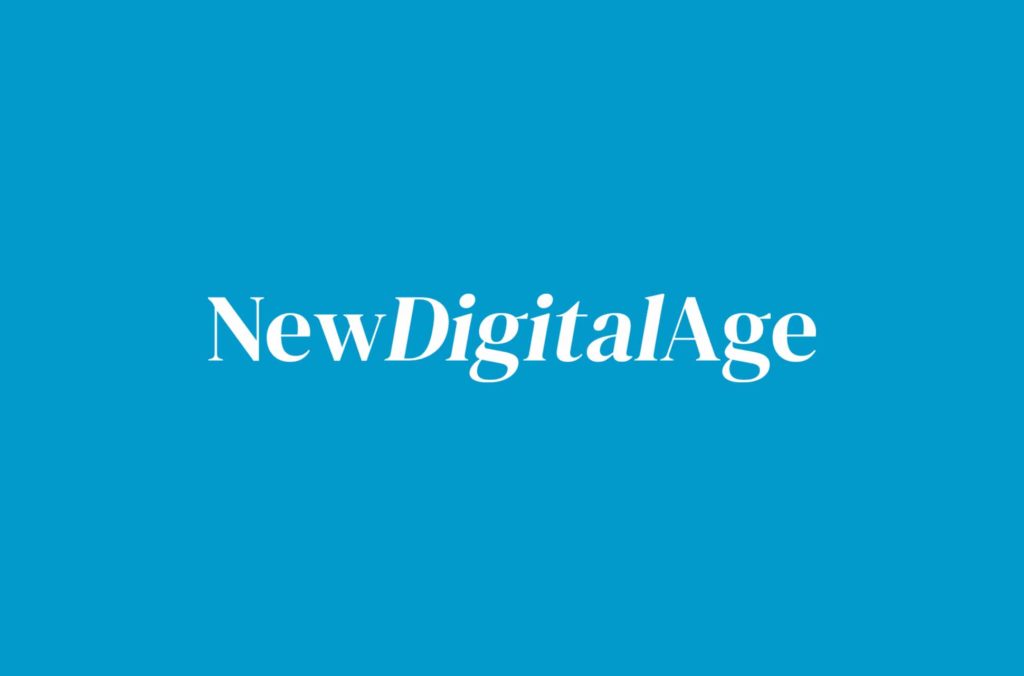More comments on the latest IPA Bellwether Report from marketing experts* across the industry. Part one can be read here.
Matt Andrew, UK MD & Partner, Ekimetrics
“In the face of pessimistic expectations for the economic outlook, it’s refreshing to see so many marketers planning to increase spend.
“While some of this may be driven by rising costs rather than more marketing, it’s essential that marketers are equipped to optimise their spend and impact. Consumers will need strong reasons to part with money on discretionary spending and brands will need to go further to stand out.
“Making the organisational transition from attribution to unified, triangulated MMO can help businesses make confident decisions at every level, from strategic budget direction to creative briefs and campaign optimisations. For example, with media inflation and weakening adspend, it’s important to ensure tighter targeting does not jeopardise long term activity or seeking new audiences, as this ultimately results in decreasing efficiency and saturated markets.
“Further, continuing to innovate, such as through new approaches to customer centricity or creative optimisation, could provide significant gains and help sustain commercial success.”
Richard Williams, Commercial Director, AMA
“It is reassuring to see marketing budgets increasing and whilst the report shows that audio budgets were unchanged in Q4, it is worth noting that digital audio ad spend is still projected to reach $225.50m in 2023.
“With the current economic downturn and the cost-of-living crisis not going away, we expect to see advertisers become more human in their approach whilst ensuring their ads meet the expectations of all consumers. And this is where addressable advertising will come to the fore.
“In audio in particular, Dynamic Creative enables advertisers to create thousands of iterations of an ad, ensuring it’s contextually relevant to the listener’s interests and current environment. As a result, it’s a cost-efficient way for brands to make campaigns more addressable and it’s likely more brands will be utilising dynamic audio in the months ahead.
“Furthermore, as more and more of audio is being bought programmatically, brands should be looking to take advantage of audience targeting, to deliver different messaging to different audiences.”
Phil Duffield, VP UK, The Trade Desk
“Despite the advertising sector ending 2022 on a high, marketers have entered 2023 with an air of caution.
“Economic uncertainty is forcing everyone – consumers and advertisers – to spend more strategically in 2023. So, at a time when marketers need to plan their spending carefully to ensure maximum impact, it is crucial they remain disciplined with their spend – and the only way is to be data-driven.
“Data will be critical for any savvy marketer trying to prove the continued ROI of marketing to their CEO and CFO. That means tapping into an omnichannel strategy and unleashing the potential of channels such as CTV, audio and retail media, while measuring the impact of every pound.
“With today’s report adding to speculation that recession is on the horizon, marketers should remember that those who maintain connections with consumers during a downturn reap the long-term benefits. Leaving the tech to crunch through millions of data points allows marketers to do what they do best – creating meaningful messages that build and retain customer loyalty. Smart use of such tools will put marketers in a strong position to capture the opportunities that lie in the year ahead.”
Daniel Pirchio, Founder and CEO, OneTag
“The IPA report signals that digital marketing is an effective countermeasure to the impacts of the recession on brand visibility. However, the digital marketing ecosystem is fragmented and often filled with disparate data points, with many technologies still missing sophisticated reasoning.
“At a time when efficiency and reduced wastage is a top priority for marketers, it’s important that they focus on building strategic partnerships throughout the programmatic ecosystem. The ability to filter bad placements automatically and in real-time based on campaign performance metrics is one key way advertisers can both drive efficiencies and maximise their ad investments.”
Andrew Stephenson, Director of Marketing EMEA & India, Treasure Data
“Coming out of a steadier than expected golden quarter in retail, today’s IPA Bellwether demonstrates that brands are using that swell of revenue to shore up marketing budgets in the face of more challenging months to come – welcome news for marketers.
“This steady budget growth, in part enabled by the rare combination of the winter World Cup and festive period – is a strong sign that companies’ are looking to marketing departments to help retain market share in 2023. With recession taking hold, brands will be leaning on teams to help win consumer trust and loyalty, and prevent customers turning to more cost-saving products.
“As we look ahead to core consumer milestones like Valentine’s Day and Easter, first-party data – and knowing how to get the most out of it – will prove key to marketers’ ability to accurately and sensitively land key messages, as well as deliver a quality customer experience and continue to prove the value of marketing to business growth.
“As the next quarter likely provides marketers with another sink or swim moment, it’s vital that brands ensure that they have a reliable first party data strategy in place, not only to make efficient use of their budget now but also to make strategic marketing decisions to insulate themselves against whatever is to come next.”
Ned Jones, Head of Advertiser Customer Success, Permutive
“It’s great to still see some growth in marketing budgets for 2023, given the economic difficulties we find ourselves in. However, marketers will need to seriously consider how and where to buy media to get the most out of any conservative budgets. Current reach on the open web is hindered as a vast majority of programmatic spend focuses on just 30% of consumers, due to users browsing in cookie blocked or ad blocked environments, and opt out of sharing data for advertising.
“To maximise ad spend responsibly, marketers must build relationships with publishers who can reach 100% of their users and provide advertisers with audiences built from rich, consented first-party data. This way marketers will achieve their goals without compromising their consumer’s privacy.”
Anastasia Leng, CEO, CreativeX
“Another quarter of overall growth signals the value marketing delivers, even during uncertain times. But with a recession looming, the real question is whether marketers are maximizing the impact of their budgets. Research suggests not: high pockets of wastage continue to lie dormant in the creative, the majority of which (70%) isn’t set up for success and has a low Creative Quality Score.
“To stretch their budgets to their full capacity, marketers must revisit age-old processes, and creative production and measurement are at the top of the list. Brands are sitting on reams of creative data, thousands of data points derived from their historical campaigns. It’s a powerful yet largely untapped asset class, and first-movers like Nestle, Heineken, and Mondelez have started publicly talking about the impact it’s making on everything from brand lift to sales. Creative data has many applications that give marketers an objective and scalable yardstick to measure everything from the creative quality of each ad produced (which is statistically tied to lower CPMs) all the way to the overall frequency of asset activation and reuse, which can unlock budget being spent on duplicative content creation.
“Whether we like it or not, change is gradually being forced upon us. We can wait for it to arrive in its full glory to begin the creative transformation work we know we need to do, or we can start early and get ahead.”
Maor Sadra, CEO, INCRMNTAL
“While it’s positive that one fifth of brands were able to increase marketing spend in Q4, the reality for many marketers, and particularly smaller brands, is that boosting budgets now isn’t feasible. The industry narrative that businesses must continue to increase marketing investment if they want to remain competitive is unhelpful, and irresponsible, especially after so many brands found that more than half of their trackable ad spend was redundant.
“For these companies, the challenge is knowing which marketing activity to cut and which to keep. The problem many marketers have is that they aren’t utilising tools to effectively evaluate the true impact of their spend across all channels to see which campaigns are performing and which are not. By using the correct platforms that offer on and offline measurement however, struggling brands can successfully reduce spend without impacting revenue, which is critical at a time when many businesses need to make cutbacks.”
Nick Mason, CEO & Founder, Turtl
“We’ve had a challenging few months, but the findings of this quarter’s IPA Bellwether is good news for marketers, and shows recognition of marketing as a business critical function as firms continue to expand marketing budgets despite an impending UK recession.
“But, as organisations focus on business-critical operations, marketing teams will need to be able to show ROI and tangible results to justify spend, accelerating the need for marketers to be more data led in their decision making. Expect to see a performance approach to more marketing disciplines, like collateral production, reports and white papers.
“The results of this quarter also put efficiency at the top of the agenda. Do businesses build expertise in house (fixed cost) or outsource to an agency (variable cost)? How can marketers get more out of their tech stack and processes?
“Some of the greatest innovations come in tough times, this period offers an opportunity for marketing teams to rethink their processes and tech to be more efficient.”
Susan McKay, CMO International, Dun and Bradstreet
“It’s encouraging to see that many UK marketers are expecting budget growth, despite the uncertain economic climate. Data-driven marketing has enabled marketers to prove return on investment and make the case for increased spend. Our research supports this sentiment as 79% of business leaders surveyed said they are boosting investment in data quality for this purpose.
“However, data quality is still a concern for many companies, with only 28% fully confident in their ability to target audiences. To overcome this, businesses must prioritise a first-party data strategy and focus on data accuracy and quality to help them make informed decisions. With the impending ban on third-party cookies, companies must also rely on first-party data to understand customer buying behaviour and improve personalisation. This will enable them to implement effective account-based marketing strategies and drive growth in the coming year.”
*Includes Bluestripe Communications (owned by Bluestripe Group, owner of NDA) clients.










